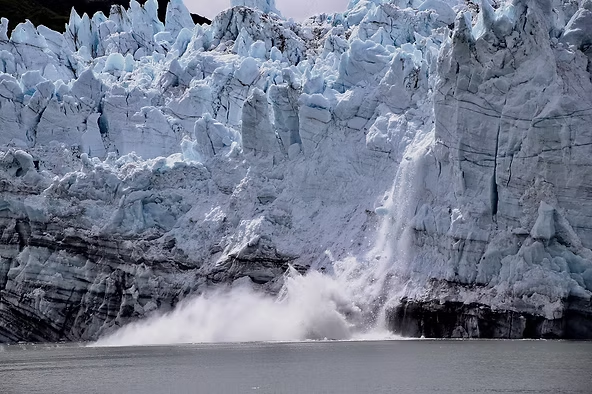The Global Water Cycle and Its Importance
The global water cycle, which continuously moves freshwater between the clouds, land, and ocean, is essential for sustaining life. This delicate system not only ensures soil fertility but also makes our environment habitable. Water travels from the ocean to land, influencing ecosystems, agriculture, and the balance of natural resources.
Climate Change and a Shifting Cycle
Rising global temperatures are intensifying the water cycle. Dry regions are becoming drier, while wet regions are experiencing heavier rainfall and more frequent flooding. This imbalance has far-reaching consequences, from worsening droughts to destructive floods, reshaping landscapes and livelihoods.
Tracking Ocean Salinity for Clues
Until recently, directly observing these changes was difficult because about 80 percent of rainfall and evaporation happens over the ocean. A new study led by UNSW researchers used ocean salinity patterns to measure how much freshwater has moved from the equator toward the poles since 1970. The findings revealed that two to four times more freshwater shifted than climate models predicted.
The Salt Signature
Instead of measuring rainfall directly, researchers analyzed how salty ocean water became in different regions:
- In warmer regions, evaporation increases salt concentration.
- In colder regions, rainfall dilutes the ocean, reducing salinity.
These patterns leave a detectable “signature,” allowing scientists to track changes in the water cycle over time.
Key Findings of the Study
Between 1970 and 2014, an estimated extra 46,000–77,000 cubic kilometres of freshwater moved from the tropics toward the poles. This equates to roughly 18–30 centimetres of freshwater leaving tropical regions, or about 123 times the volume of Sydney Harbour. The research highlights how strongly climate change is altering natural systems.
Implications for the Future
Lead author Dr. Taimoor Sohail emphasized that these findings are crucial for understanding how climate change reshapes rainfall patterns. Shifts in the water cycle affect infrastructure, agriculture, and biodiversity, making accurate projections vital. The results also reveal that climate models have underestimated the extent of warm-to-cold freshwater transfer.
Improving Climate Models
By comparing their data with 20 existing models, the researchers found consistent underestimation. This discovery provides a benchmark for refining future models, including the latest generation known as CMIP6. Each update integrates real-world observations, helping scientists make better predictions.
A Reference for Decades Ahead
The study is more than a snapshot; it serves as a foundation for future research. In the coming decades, scientists will be able to compare new data against these findings to measure ongoing changes in the global water cycle. This process ensures continual improvement in understanding how climate change impacts rainfall, droughts, and flooding worldwide.

